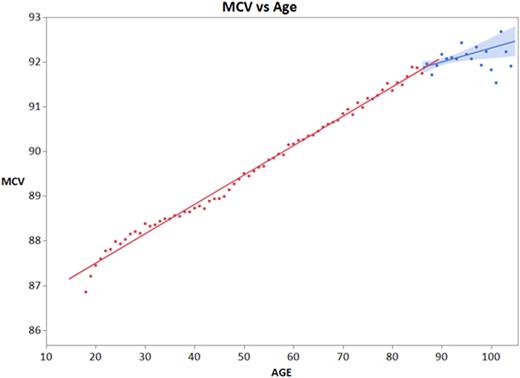Abstract
Spermidine is an endogenously synthesized and nutritional metabolite that is positively correlated with longevity. Spermidine functions as an antioxidant and promotes autophagy. Whole blood spermidine concentrations decline with age in most animals and humans but are higher than expected in humans of advanced age and increase with age in the exceptionally long-lived naked mole rat. Previous studies have established the role of spermidine in longevity; here, we report its heritability and relationship to other heritable metabolites and proteins that appear to be linked to longevity.
In a twin pair database comprising measurements of erythrocyte metabolite and protein concentrations, spermidine concentrations were estimated to be 82% heritable. In addition, among over 700 molecules in the database, the 25 molecules most positively correlated with spermidine include 16 metabolites (10 heritable with a mean heritability estimate of 68%) and 9 proteins (5 heritable with a mean heritability estimate of 57%), which are concentrated in energy metabolism, redox homeostasis, and autophagy pathways. Notable among correlated metabolites are spermine, which is in quasi-equilibrium with spermidine, autophagy-related mannose-6-phophate, which targets lysosomal enzyme precursors to lysosomes, and the glycolytic intermediates 2,3 DPG, 3-PG, and PEP. Among the correlated proteins are STX7, involved in protein trafficking and autophagosome-lysosome function, NSF, required for vesicle-mediated transport and fusion, GANAB, involved in protein quality control, and RNH1, involved in redox homeostasis.
As reported in previous studies and observed in our data, erythrocyte mean cell volume (MCV) increases with age and is a heritable trait. The twin database revealed that MCV is inversely correlated with spermidine and spermidine-correlated molecules, suggesting the hypothesis that smaller MCV is part of a phenotype associated with longevity. Data from 433,249 unique patients revealed mean MCV values increasing with age, as expected, but skewed toward smaller values at advanced age (> 86 years). Using a piecewise linear regression model trained on a 20% subset of the data, we selected the model with the best fit to the data by minimization of the Akaike Information Criterion, identifying a significant downward inflection at age >86 years. The model was then validated on the remaining 80% of the data (n = 346,301), verifying a significant inflection in the relationship between age and mean MCV above 86 years of age (p for the change in slope < 0.001) (Figure).
Among the 25 molecules most negatively correlated with MCV are 10 heritable metabolites (mean heritability estimate of 67%), and 8 heritable proteins (mean heritability estimate of 63%). The negatively correlated metabolites include spermine, spermidine and the glycolytic intermediates PEP, 2,3 DPG, DHAP, and G3P. The negatively correlated proteins include ESYT1, which mediates tethering of ER to plasma membrane, EHD1, involved in intracellular sorting, YARS, the functionally significant target of the longevity factor resveratrol, and HSP90B1, which mediates protein folding in the ER.
This series of observations - (1) that both high spermidine levels and smaller MCV are enriched in populations of advanced age, (2) that spermidine levels and MCV are heritable and inversely correlated in erythrocytes, and (3) that spermidine levels and MCV are both correlated with other heritable metabolites and proteins involved in energy metabolism and autophagy related functions - suggests the existence of a complex, heritable erythrocyte phenotype associated with human longevity.
Numerous twin and family studies have established the heritability of longevity, but few longevity-associated genes have been reported. To our knowledge no previous study has identified a heritable human phenotype associated with longevity. Although the erythrocyte phenotype identified in this study might directly contribute to longevity, we hypothesize that it reflects a more broadly expressed genetic profile within individuals. The recognition of a complex erythrocyte phenotype associated with longevity offers the possibility of identifying genetic profiles that contribute to healthy aging. These genetic profiles may be amenable to interventions to promote better health and longer human lifespans.
Disclosures
No relevant conflicts of interest to declare.
Author notes
Asterisk with author names denotes non-ASH members.


This feature is available to Subscribers Only
Sign In or Create an Account Close Modal